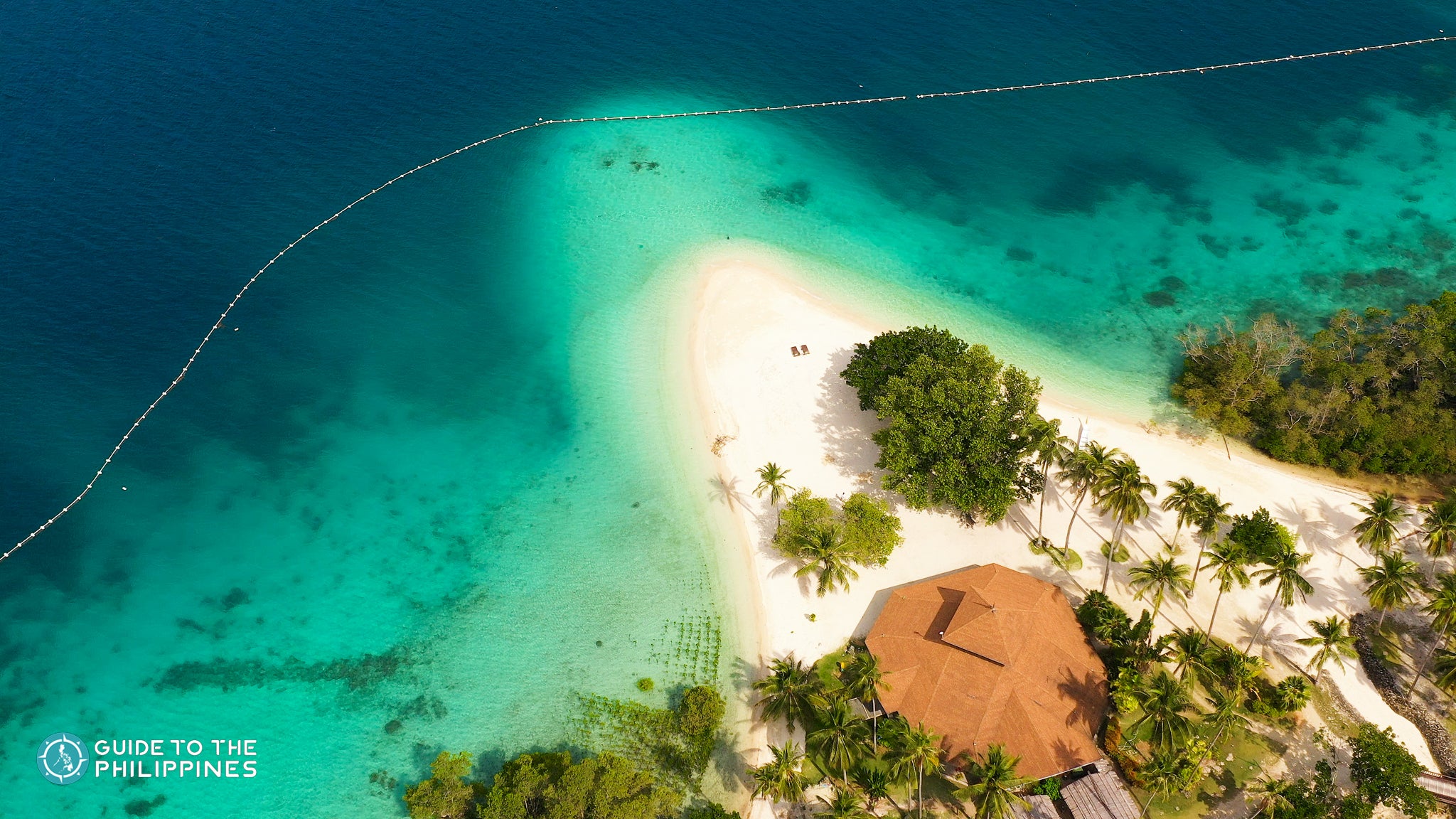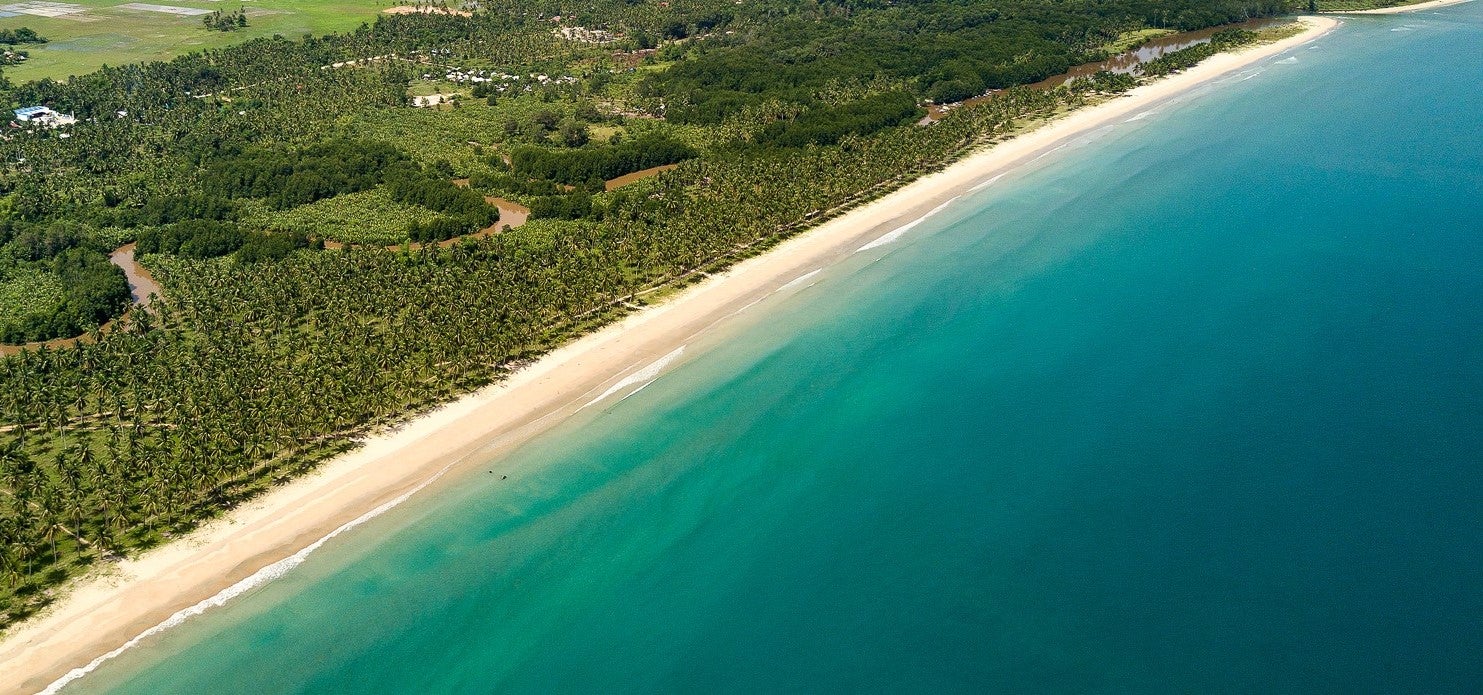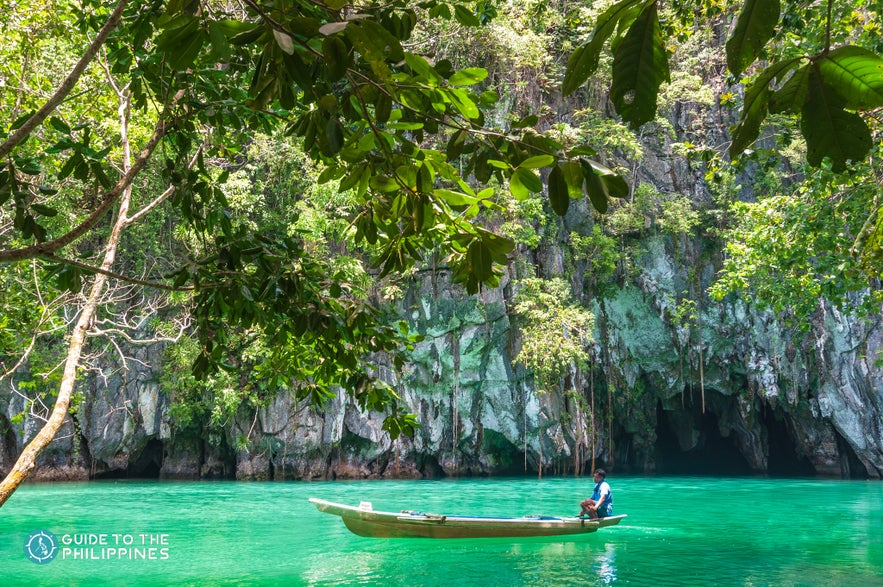
Puerto Princesa Underground River in Palawan
With over 7,000 islands, the Philippines is home to many natural tourist spots. Stunning islands, spectacular beaches, breathtaking mountains, and rare endemic wildlife are just some of the reasons why you should visit the Philippines. It’s no surprise that the Philippines attracts millions of tourists every year, and while this is great for the country’s economy, it could affect its natural attractions, especially if tourists do not follow responsible travel and sustainable tourism practices.
In fact, in 2020, it was reported that the Philippines was ranked 94th out of 99 countries when it comes to promoting sustainable tourism. In 2018, the top island Philippine destination called Boracay was closed to the general public for six months for rehabilitation.
Boracay, one of the most popular Visayas tourist spots, was suffering from deteriorating environmental conditions, partly due to the millions of tourists who visit it every year. These are just some reasons why practicing and promoting sustainable tourism in the Philippines is important.
Through campaigns like Save our Spots, the Department of Tourism has encouraged domestic and foreign tourists to travel responsibly and sustainably. The least we can do as tourists is to follow sustainable practices in the Philippines to help protect our environment. But there’s more to sustainable travel than just following the leave no trace principles.
In this article, we give you more ways you can help conserve the Philippines’ best natural assets on your next vacation in the Philippines.
What is Sustainable Tourism?

El Nido, Palawan
Sustainable tourism is the practice of considering the impact of tourism on the environment, the economy, and society while at the same time taking into account the needs of the tourists, the host communities, and the industry.
Why is sustainable tourism important? If we don’t take care of the natural resources in our tourist spots, it will lead to their deterioration and destruction, and future generations won’t be able to appreciate their beauty, while those from the tourism industry can potentially lose their jobs and source of income.
Being a responsible tourist is just one way to ensure that the best places to visit in the Philippines remain beautiful and open for everyone to enjoy.
15 Ways to Be a Responsible Traveler in the Philippines
What are the 15 principles of sustainable tourism? There are many ways to be a responsible tourist in the Philippines and here are just some of them:
1. Visit ecotourism destinations and attractions in the Philippines

Basco Lighthouse in Batanes
The Philippines is home to many tourist attractions, and apart from the top tourist spots in the Philippines, there are ecotourism destinations and attractions like Batanes, The Masungi Georeserve in Rizal, Palaui Island in Cagayan, and Apo Island in Negros Oriental. These places and spots not only offer amazing local experiences but also give you the chance to practice responsible tourism as the local communities and stakeholders follow some of the best practices in sustainable tourism.
The people of Batanes, for example, have done a wonderful job of preserving the culture of the Ivatans by keeping their stone houses intact. The locals here also practice sustainable fishing and farming, while the local government prioritizes local culture and investors, which is why instead of 5-star hotels, you’ll mostly find homestays here.
2. Stay at eco-friendly hotels and resorts in the Philippines

Photo by El Nido Resorts group
Your choice of accommodations is also another way how to practice sustainable tourism. Staying at some of the best eco-friendly resorts in the Philippines allows you to reduce your carbon footprint when traveling. Eco-friendly hotels follow sustainable practices such as organic farming, tree planting, rainwater recycling, solid waste segregation, composting, coastal clean-ups, farm-to-table dining, using local building materials, and using solar energy.
Look for properties that have certification or awards from the Philippine Green Building Initiative, Inc, the ASEAN Green Hotel Awards, or the DOT’s ANAHAW Philippine Sustainable Tourism Certification.
Of course, you can also do more beyond just booking and staying at these hotels and resorts. You can turn off all the electronic devices, including the air conditioner, when leaving your hotel room. Let the staff know you will be reusing your towels, bed linen, and sheets. If your room is clean anyway, hang the “Don’t Disturb” sign to prevent unnecessary vacuuming and cleaning.
3. Book with DOT-accredited local tour operators

ATV Ride in Mt. Mayon, Legazpi, Albay
The Department of Tourism has advised local hotels, resorts, and tour operators to seek DOT accreditation so the department can help them adopt sustainable tourism practices. DOT-accredited accommodations and tour operators get access to technical tools that will help them become sustainable. This is part of the DOT’s plan on how to develop sustainable tourism in the country.
When you tour the Philippines, book with DOT-accredited travel agencies like Guide to the Philippines. We partner with DOT-accredited hotels, resorts, and tour operators and help them to widen their global reach by showcasing their products online in our platform.
4. Leave no trace

Daku Island in Siargao
The “Clean as you go” or CLAYGO rule should be followed not only when you travel but in your everyday life. Simply put, leave no trace means you don’t leave any item when you visit a natural tourist destination. This rule is mainly for litter like tissue, food wrappers, and plastic bottles, but be mindful of unintentionally leaving behind personal belongings, which could also end up harming the environment.
Some tourist destinations like the Pink Beach in Zamboanga have their own strict leave no trace policies, and those who violate them can be charged fines or put in jail and/or community service.
5. Bring reusable utensils and refillable bottles

Mt. Mayon in Legazpi, Albay
One simple way to practice how to be a responsible traveler is to bring your own reusable utensils and water bottles when you travel. This will help reduce your use of single-use plastics and lessen your carbon footprint when traveling. If you’re worried about these items taking too much space in your bag, you should consider foldable travel spoons, forks, and chopsticks and collapsible water bottles.
Similar to the leave no trace policy, some places in the Philippines have tried reducing waste by banning single-use plastics. In Siargao, for example, plastic bags are not allowed, and restaurants are prohibited from selling water in plastic bottles. El Nido also has a plastic ban which requires all boat passengers to surrender their single-use plastic bottles and bags before boarding.
6. Go on cultural immersions
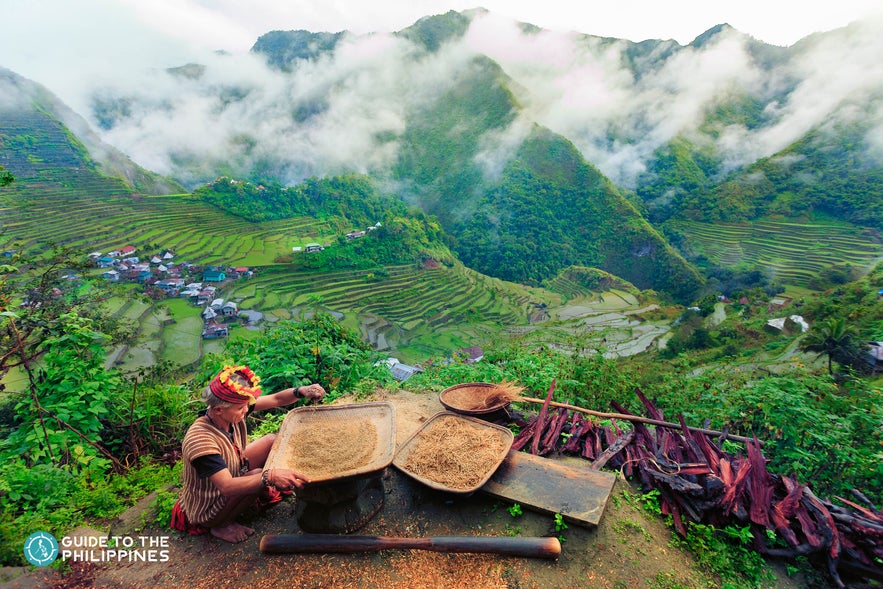
Ifugao native at the Banaue Rice Terraces
The Philippines is home to many different cultures, and one way to experience some of these cultures and how to encourage sustainable tourism is to go on a cultural immersion in an indigenous village. Cultural immersion can be as simple as sharing a meal with some of the locals or participating in their local activities or as immense as living with the locals in their homes for a period of time. Many Luzon tourist spots like Buscalan, Batad, Banaue, and Sagada offer homestays for tourists.
Whatever path you choose, make sure to always be respectful of the traditions, rituals, and the locals themselves. Learning about another culture and way of life will not only be a learning experience, but it will also help you appreciate the destination even more.
7. Try farm tours
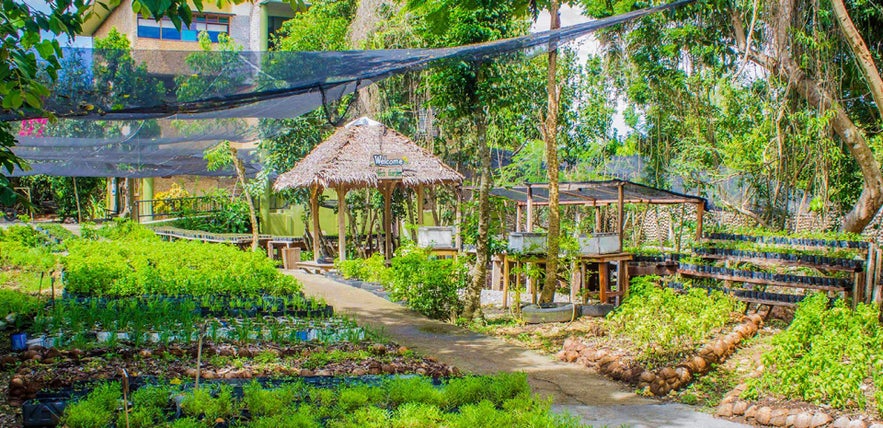
Photo by Bohol Bee Farm
When we think about what are the characteristics of a sustainable tourism destination, many of them can actually be found on a farm, so staying at or touring a farm is a no-brainer when it comes to traveling responsibly.
The Philippine agrotourism industry has bloomed, thanks to the country’s best farm tour destinations. Agrotourism in the Philippines offers agricultural activities like feeding animals, picking your own fruits and vegetables, and various workshops, including cooking demonstrations.
Take it to the next level by staying at farm resorts in the Philippines. Spending a couple of days in these farm stays will not only teach you how to achieve sustainable tourism, but it will also teach you ways of how to be more sustainable in your daily routine.
8. Eat at local restaurants

Filipino cuisine offers a variety of tastes, smells, and textures, and if you can’t have a meal at an actual Filipino home, the next best way to experience it is in a local Filipino restaurant. Not only will you experience a more authentic meal, but you will also help out small businesses thrive.
Patronizing local restaurants also help the environment. Local restaurants that source their ingredients locally have a smaller carbon footprint because the produce doesn’t have to travel far to reach their destination. While eating at any restaurant, remember that you can help reduce your food waste and promote sustainability by only ordering food that you can finish and ordering dishes with ingredients that are in season.
9. Follow proper interaction with wildlife

Tarsier in Bohol
Not all wildlife attractions are created equal. Do your research and look for those that consider the welfare of the creatures that they feature. Show that you know how to travel responsibly by following all the rules set by the guides.
For example, when visiting the Philippine Tarsier Sanctuary in Bohol, you will be told to stay quiet as much as possible, not use flash when taking photos, and refrain from touching the tarsiers to ensure that they won’t get stressed.
If you want to see and swim with whale sharks in Donsol, you will be told to keep your distance from the animals and not use flash photography to avoid startling and hurting them.
10. Reduce your carbon footprint with your transport choices

Bamboo bike ride in Intramuros, Manila
Transportation can greatly add to your carbon footprint, but with many options for traveling to and within a destination, your choices can help you lessen that. When taking flights, choose direct flights over those with layovers. Heavier airplanes also consume more fuel, so do your part and pack as light as you can.
How to achieve sustainable tourism while exploring a destination? Choose to walk or bike whenever possible. Not only do you help reduce your carbon footprint, but you’ll also get to appreciate your surroundings more since you are passing by them at a slower pace. Destinations like Boracay and Intramuros in Manila offer bike tours in the Philippines where you can explore attractions while burning some calories!
If your stops are not close enough to bike or walk to, use public transportation or shared rides instead of using a private vehicle.
11. Explore nearby destinations

Anawangin Cove in Zambales
Of course, if you can forego the flights altogether, the better, as this means your carbon footprint will be lower. The Philippines is full of amazing destinations that, chances are, you don’t need to board a flight to see at least one of the best beaches near Manila or the best beaches in the Philippines. If you want to explore Luzon, you can go on a road trip near Manila and enjoy nearby places like Pampanga, Bataan, Batangas, and Tagaytay.
Posting about your trips is also a simple way of how to promote sustainable tourism. If more people knew about the amazing destinations that are near where they live, more travelers would be willing to explore these, which helps distribute tourists across several destinations more evenly.
12. Spend more time in destinations

El Nido, Palawan
While it is sometimes tempting to pack a lot of destinations in your travel itinerary, consider limiting your vacation to just one area. Staying in one location reduces your carbon emissions since you don’t need to travel from one destination to the next. Booking a holiday in one place also means less time actually traveling and more time exploring, which allows you to spend more time in attractions because your visits aren’t rushed.
For an even more convenient vacation, you can book Philippine tour packages. Some of these packages already include accommodations and tours, so you can focus on taking in and appreciating the destination itself.
13. Support local when buying souvenirs
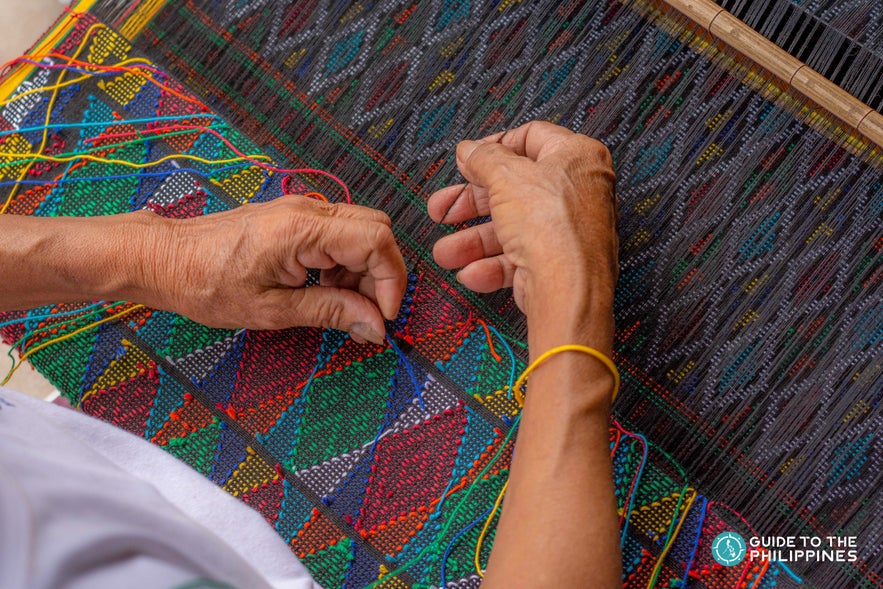
Whether you visit Luzon, Visayas, or Mindanao tourist spots, you’ll likely find a shop or even roving vendors selling unique and locally made souvenirs. Patronizing these small businesses will not only help the local industry thrive, but the items you will buy will more likely have a smaller carbon footprint compared to those that you can find in big shops since locally made souvenirs don’t need to travel far to reach the customers.
If you can, visit shops that actually allow tourists to see the production process so you can learn about and understand the local heritage more. In places like Zamboanga City, Vigan, and Baguio, you can visit weaving centers and villages to see how local fabric is made.
It is also better to buy souvenirs that you will actually use so you can lessen waste and save money. For example, when visiting Laguna tourist spots, it is advisable to drop by Liliw so you can shop for affordable but sturdy slippers and shoes.
14. Use environment-friendly travel products

Banol Beach in Coron, Palawan
Sometimes the products we use on our travels affect the environment negatively. The chemicals on our sunblock and our insect repellant can have chemicals that are harmful to the reefs, the sea, and the rest of the environment. Before your trip, look for sunscreen and insect repellants made from natural ingredients that won’t harm the planet.
Sand- and water-repelling towels are also good to use when you’re traveling to the best beaches in the Philippines. Bringing home sand stuck to your towel may be just a mild annoyance to you, but put together all the sand travelers accidentally bring home, and you have a beach eroding faster than usual.
15. Go digital
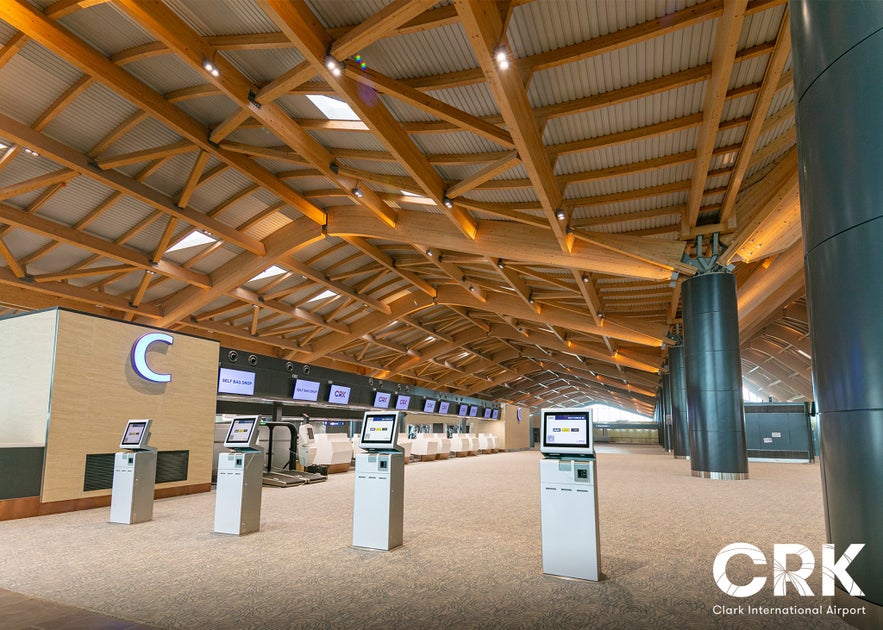
Photo by Clark International Airport
What is the aim of sustainable tourism? It is to ultimately protect the environment while also taking into consideration the need of travelers and tourism stakeholders. One of the simplest ways you can help is to ditch the printed itineraries and tickets and go fully digital.
Most airlines and hotels now accept digital copies of itineraries or QR codes, so there’s no reason for you to print out something that you could actually misplace. If you’re worried about not being able to download what you need because of poor or no internet connection, access what you need when you have connectivity and save a screenshot so it becomes available even when you’re offline.
While digital activities also have their own carbon footprint, at least they don’t have a physical output that could eventually end up in the trash.
Practice Sustainable Tourism in the Philippines
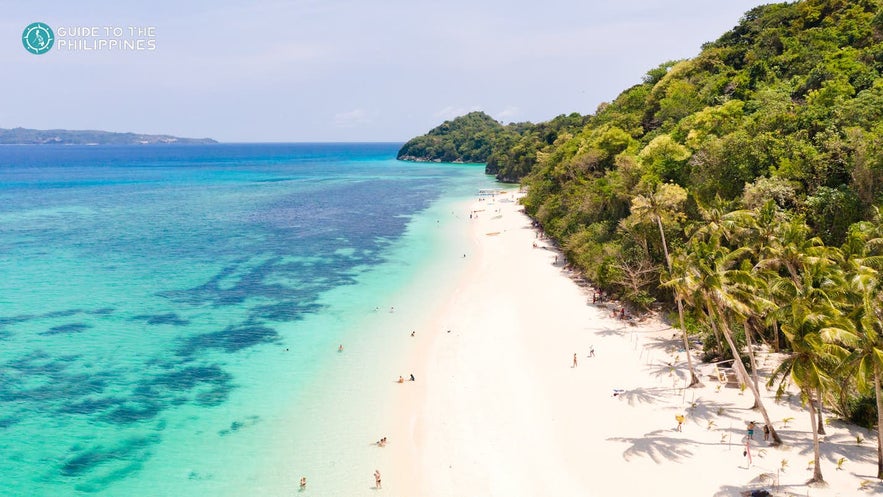
With the effects of climate change becoming harsher with every passing day, we need to rethink the way we live, and that includes how we travel. We need to understand what is sustainable tourism development and do our part as travelers to help preserve the beauty of our favorite travel destinations.
Traveling sustainably and responsibly is the only way that we and future generations can keep enjoying all the attractions and the best islands in the Philippines for many years to come.


